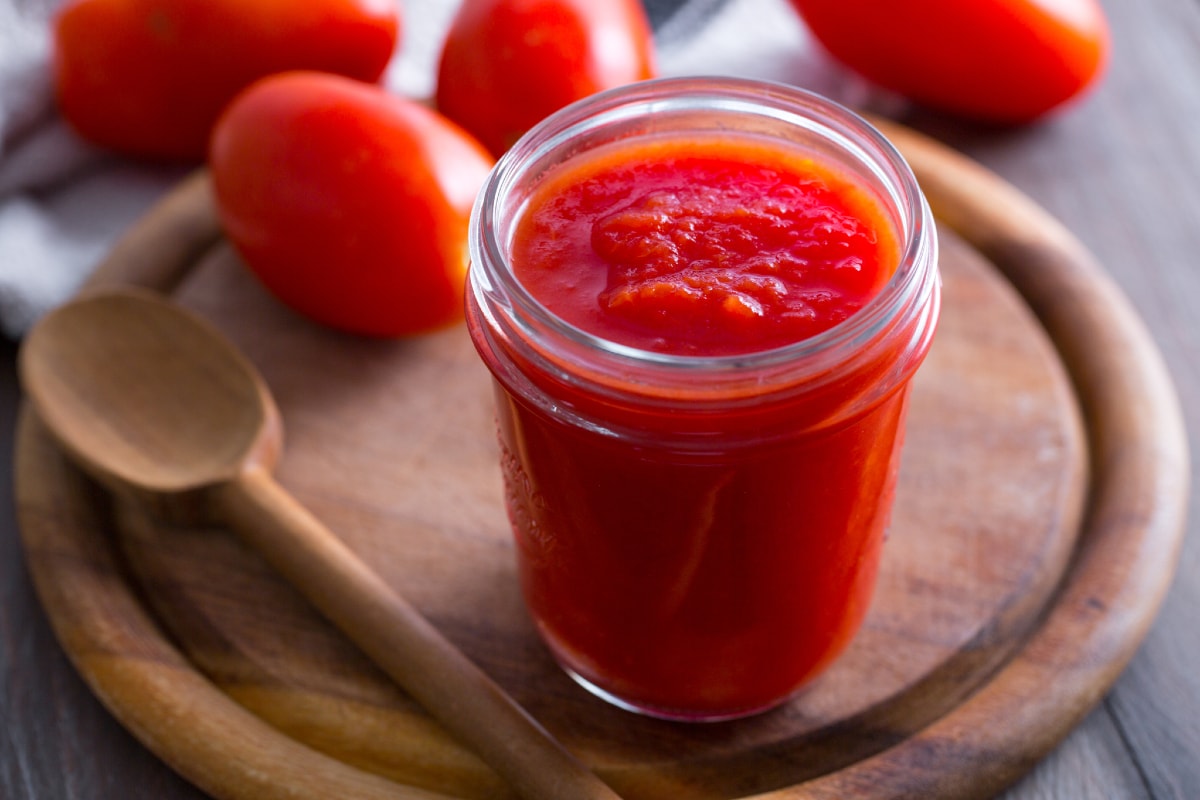Fresh tomato sauce
- Easy
- 1 h 35 min


Tomato passata is one of the traditional home-made preserves. It is among those prepared, together with peeled tomatoes, especially in the southern regions, where its wide daily use has made it the queen of preserves, made even more special by its unmistakable Mediterranean flavor. Preparing the tomato passata is very simple, there are actually different ways to make it as well as different types of tomatoes you can use. We show you our method, one of the simplest and most classic to obtain a perfect, velvety and sweet preserves for your sauces and passata-based preparations. A fabulous sauce, able to preserve all the flavor of tomatoes as if they were just picked. And if you've always wondered how to make tomato passata at home, from today there will be no more secrets!
Discover more delicious Sauces recipes and elevate your cooking game!

To prepare tomato passata, start by checking the tomatoes one by one, making sure they are not damaged, with spots. Wash them very well 1 and remove the stalks. Cut each tomato in half, lengthwise 2 and remove the central part with the seeds by squeezing them 3. This operation serves to make the passata full-bodied, but if you prepare the passata in large quantity you can omit this step and keep the seeds.

Continue in this way by collecting the tomatoes in a bowl and the juice in another 4. Read our tips for many ideas on how to reuse itthe pulp with seeds! Now place the tomatoes in a large pot 5 and let them dry over low heat for about 30 minutes, turning them from time to time 6.

When the tomatoes are well wilted 7, add salt 8. Stir and wait a few more moments. Now pass mesh with a mill (place the setting between fine and medium) few tomatoes at a time 9.

Continue in this way 10, collecting the passata in a bowl 11. Yout passata is ready 12, you can choose whether to keep it or use it immediately!